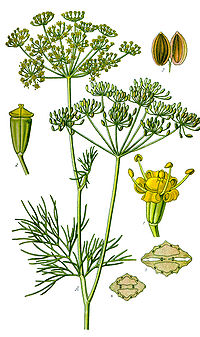
Photo from wikipedia
Abstract Butterfly pea (Clitoria ternatea L.) is a legume used as tea, forage, ornamental, salad, and medicinal plant. The flowers range from white to dark purple with little known about… Click to show full abstract
Abstract Butterfly pea (Clitoria ternatea L.) is a legume used as tea, forage, ornamental, salad, and medicinal plant. The flowers range from white to dark purple with little known about the variation for seed and flower color in the United States Department of Agriculture, Agricultural Research Service, Plant Genetic Resources Conservation Unit germplasm collection. Therefore, 26 butterfly pea accessions were analyzed using a principal component analysis (PCA) and average linkage cluster analysis (ALCA). These butterfly pea genotypes ranged from 56% to 99% for viabilities, 2.57 to 5.88 g for 100 seed weight, 34.07 to 226.26 g for total seed weight, and 1,326 to 3,874 for total seed numbers. PCA accounted for 40%, 57%, 70%, 79%, and 86% of the variation using principal components (PCs) 1 through 5, respectively. PC1 was most correlated with 100 and total seed weight, while PC2 correlated with blue, white, and purple flowers. PC3 correlated mostly with germination, purple flowers, and total seed weight. PCs 4 and 5 primarily correlated with blue and purple flowers, respectively. Several significant correlations were also observed. ALCA grouped the 26 butterfly pea genotypes into four distinct seed number–producing clusters. Clusters 1 to 4 represent the lowest to highest seed numbers produced by the butterfly pea genotypes. Several potential health benefits from butterfly pea flowers, leaves, seeds, and roots for human use were identified from the literature.
Journal Title: Journal of Dietary Supplements
Year Published: 2022
Link to full text (if available)
Share on Social Media: Sign Up to like & get
recommendations!